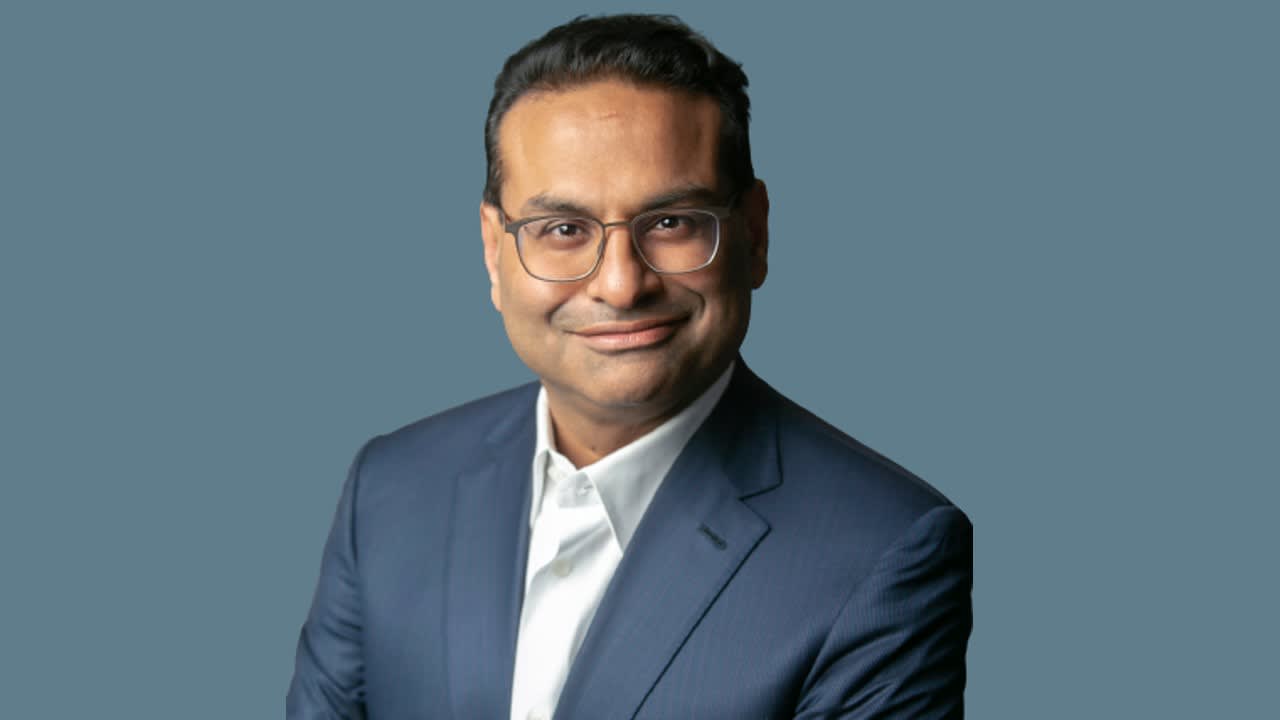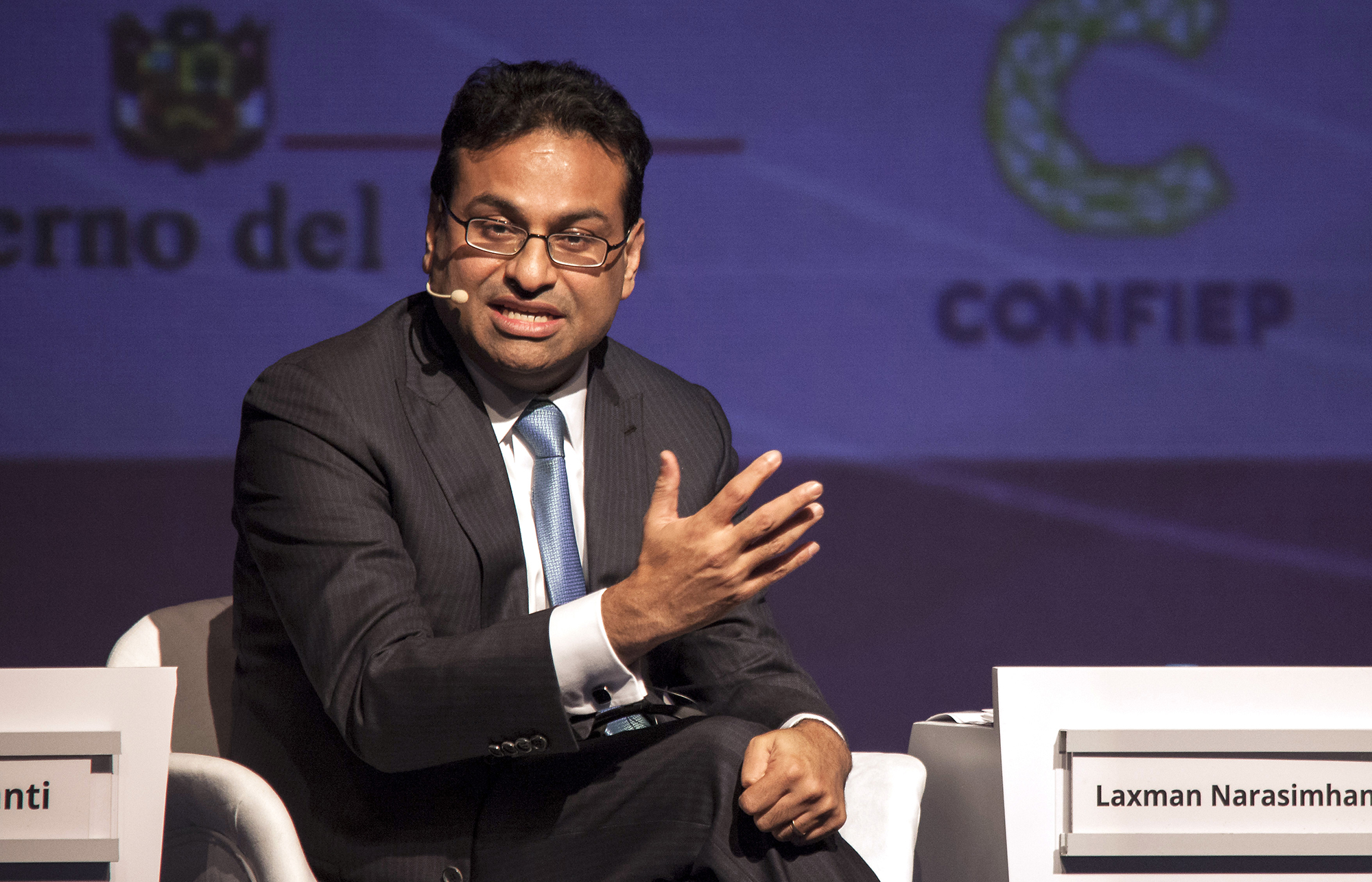Laxman Narasimhan’s Career Trajectory

Laxman Narasimhan’s career path is a testament to his strategic acumen and leadership skills, honed through key roles at two global giants: PepsiCo and Reckitt Benckiser. His journey reflects a consistent pattern of tackling complex challenges, driving growth, and leaving a lasting impact on the organizations he has led.
Key Roles and Accomplishments
Narasimhan’s career began at PepsiCo in 1999, where he rose through the ranks over a 12-year period. His early roles involved managing various aspects of the company’s global beverage business, demonstrating his ability to navigate complex global operations.
Narasimhan’s key accomplishments at PepsiCo include:
- Leading the global coffee business: Narasimhan’s strategic leadership transformed PepsiCo’s coffee division, driving significant growth and market share gains. He oversaw the acquisition of the Wrigley Company, a move that significantly expanded PepsiCo’s snack food portfolio.
- Driving innovation and efficiency: Narasimhan’s focus on innovation and operational efficiency led to the development of new product lines and the streamlining of production processes, resulting in improved profitability for the company.
- Developing a strong leadership team: As a leader, Narasimhan cultivated a culture of collaboration and empowered his team to achieve ambitious goals. This emphasis on building strong teams contributed to PepsiCo’s overall success.
In 2012, Narasimhan joined Reckitt Benckiser, a global consumer goods company, as Chief Commercial Officer. His role involved overseeing the company’s global sales, marketing, and innovation efforts.
Challenges and Opportunities at Reckitt Benckiser, Ceo laxman narasimhan
Narasimhan’s transition to Reckitt Benckiser presented both challenges and opportunities. He was tasked with navigating a rapidly evolving consumer landscape, characterized by increasing competition and changing consumer preferences. He faced the challenge of adapting the company’s portfolio to meet these evolving needs while driving growth and profitability.
Narasimhan’s key accomplishments at Reckitt Benckiser include:
- Leading the company through a period of significant growth: Narasimhan played a pivotal role in Reckitt Benckiser’s global expansion, driving revenue growth and market share gains across various regions.
- Developing a digital-first strategy: Recognizing the growing importance of e-commerce, Narasimhan spearheaded the development of a digital-first strategy, enabling Reckitt Benckiser to effectively engage with consumers in the online space.
- Championing innovation and sustainability: Narasimhan championed innovation and sustainability initiatives, driving the development of new product lines and sustainable packaging solutions.
Strategic Decisions and Their Impact
Narasimhan’s strategic decisions have consistently been guided by a deep understanding of consumer trends and a commitment to driving growth and profitability.
- Acquisition of Wrigley: Narasimhan’s decision to acquire Wrigley for PepsiCo was a strategic move that expanded the company’s snack food portfolio and created new opportunities for growth. This acquisition significantly increased PepsiCo’s market share in the snack food market and positioned the company as a leader in the industry.
- Digital-first strategy at Reckitt Benckiser: Narasimhan’s decision to embrace a digital-first strategy at Reckitt Benckiser was a bold move that enabled the company to effectively engage with consumers in the online space. This strategy has been crucial in driving growth and ensuring the company’s long-term success in the digital age.
Narasimhan’s Leadership Style and Approach: Ceo Laxman Narasimhan

Laxman Narasimhan’s leadership style is characterized by a blend of strategic vision, data-driven decision making, and a focus on fostering a culture of innovation and collaboration. His approach is shaped by his extensive experience in various leadership roles across different industries, including consumer goods, pharmaceuticals, and technology.
Narasimhan’s Leadership Style
Narasimhan’s leadership style is often described as collaborative and inclusive. He emphasizes the importance of listening to diverse perspectives and empowering his teams to take ownership of their work. He believes in building strong relationships with his team members and fostering a culture of open communication and transparency.
Examples of his leadership style can be observed in his previous role as CEO of Reckitt Benckiser. During his tenure, he implemented a strategy of simplifying the company’s structure, empowering regional leaders, and fostering a culture of innovation. This approach led to significant growth and profitability for the company.
Narasimhan’s Approach to Managing Teams
Narasimhan’s approach to managing teams is focused on building high-performing teams and empowering them to achieve ambitious goals. He emphasizes the importance of clear communication, setting clear expectations, and providing regular feedback. He believes in investing in his team members’ development and providing them with opportunities to learn and grow.
One example of his approach to managing teams is his focus on developing leadership skills within his organizations. He has implemented programs to identify and develop future leaders, ensuring a pipeline of talent for future leadership roles.
Narasimhan’s Approach to Fostering Innovation
Narasimhan is a strong advocate for innovation and believes that it is crucial for organizations to stay ahead of the curve in today’s rapidly changing world. He encourages his teams to think outside the box and explore new ideas. He also believes in creating an environment where employees feel comfortable taking risks and experimenting with new approaches.
One example of his approach to fostering innovation is his focus on digital transformation. He has invested heavily in technology and digital platforms to improve efficiency and customer experience. He has also created dedicated innovation teams to develop new products and services.
Narasimhan’s Approach to Driving Organizational Change
Narasimhan understands the importance of driving organizational change to adapt to evolving market conditions and customer needs. He believes in a structured and data-driven approach to change management. He emphasizes the importance of clear communication, stakeholder engagement, and a focus on building consensus.
One example of his approach to driving organizational change is his implementation of a new strategic plan at Reckitt Benckiser. He involved key stakeholders in the process, communicated the plan clearly, and provided regular updates on progress. This approach helped to ensure that the change was implemented smoothly and effectively.
Narasimhan’s Communication Style
Narasimhan is known for his clear and concise communication style. He is a strong communicator who is able to articulate his vision and strategy effectively. He also emphasizes the importance of active listening and building relationships with stakeholders.
Examples of his communication style can be observed in his public speeches and presentations. He is able to convey complex ideas in a simple and engaging manner. He also uses data and evidence to support his arguments and build credibility with his audience.
Narasimhan’s Ability to Build Relationships with Stakeholders
Narasimhan is adept at building relationships with stakeholders, including employees, investors, customers, and the media. He believes in open and transparent communication and building trust through consistent actions. He is also known for his willingness to listen to feedback and address concerns.
One example of his ability to build relationships with stakeholders is his focus on corporate social responsibility. He has implemented initiatives to improve the company’s environmental and social impact, demonstrating his commitment to ethical business practices and stakeholder engagement.
Narasimhan’s Impact on Starbucks

Laxman Narasimhan’s appointment as CEO of Starbucks in October 2022 came at a time when the coffee giant was facing several challenges. These included declining customer satisfaction, rising operational costs, and increasing competition in the coffee market. Narasimhan’s leadership has been characterized by a focus on innovation, operational efficiency, and customer experience. He has implemented a series of strategic initiatives aimed at addressing these challenges and positioning Starbucks for future growth.
Starbucks’ Challenges Before Narasimhan’s Arrival
The period before Narasimhan’s appointment was marked by several challenges that impacted Starbucks’ performance and reputation. These challenges included:
- Declining Customer Satisfaction: Starbucks experienced a decline in customer satisfaction levels due to factors such as long wait times, inconsistent product quality, and a perceived lack of personalization. This was reflected in declining store traffic and negative customer feedback.
- Rising Operational Costs: Increasing labor costs, commodity price fluctuations, and supply chain disruptions contributed to rising operational costs for Starbucks. This put pressure on profitability and margins.
- Intensifying Competition: The coffee market became increasingly competitive, with new entrants and established players vying for market share. This intensified pressure on Starbucks to innovate and differentiate its offerings.
- Employee Morale Issues: Reports of employee dissatisfaction and concerns over workplace conditions emerged, highlighting issues related to pay, benefits, and work-life balance. This impacted employee retention and customer service.
Strategic Initiatives Implemented by Narasimhan
Narasimhan’s leadership has been focused on addressing these challenges through a series of strategic initiatives, including:
- “Reinventing Starbucks” Plan: This multi-year plan encompasses a range of initiatives aimed at enhancing the customer experience, improving operational efficiency, and fostering a more inclusive and equitable workplace. Key elements of the plan include:
- Customer Experience Enhancement: This includes initiatives such as personalized rewards programs, faster service, and enhanced digital ordering capabilities. Narasimhan’s vision is to create a “Starbucks for everyone,” with an emphasis on inclusivity and personalized experiences.
- Operational Efficiency Improvements: Narasimhan is focused on streamlining operations, optimizing supply chains, and improving labor productivity. This includes initiatives such as leveraging technology to enhance efficiency and reduce costs.
- Employee Empowerment and Well-being: Narasimhan has prioritized employee well-being and empowerment, with a focus on fair wages, improved benefits, and enhanced training programs. This aims to create a more positive and inclusive workplace culture.
- Innovation and Product Development: Narasimhan has emphasized innovation in product development, focusing on expanding the menu beyond traditional coffee offerings and introducing new and exciting beverages and food items.
- Focus on Sustainability: Narasimhan has emphasized Starbucks’ commitment to sustainability, with initiatives aimed at reducing environmental impact and promoting ethical sourcing practices.
- Expansion into New Markets: Narasimhan has continued Starbucks’ global expansion strategy, with a focus on entering new markets and expanding its presence in existing regions.
Early Impact of Narasimhan’s Leadership
Narasimhan’s leadership has already begun to have a positive impact on Starbucks. This is evident in:
- Improved Financial Performance: Starbucks has reported strong financial results since Narasimhan took over, with increased revenue, profitability, and shareholder value. The company’s focus on operational efficiency and customer experience has contributed to this positive trend.
- Enhanced Customer Satisfaction: Customer satisfaction levels have shown signs of improvement, with customers reporting a more positive experience at Starbucks stores. This is attributed to initiatives such as faster service, improved product quality, and personalized rewards programs.
- Improved Employee Morale: Narasimhan’s focus on employee well-being and empowerment has led to improved employee morale and retention rates. This has contributed to a more positive work environment and enhanced customer service.
Ceo laxman narasimhan – Laxman Narasimhan, the new CEO of Starbucks, has a lot on his plate. He’s facing challenges like inflation and labor shortages, and he’s got to figure out how to keep the company growing. It’s interesting to compare Starbucks’s situation to that of Chipotle, another successful fast-casual chain.
This article explores the similarities and differences between the two brands, and it could offer some valuable insights for Narasimhan as he navigates his new role.
Laxman Narasimhan, the new CEO of Starbucks, has a big job ahead of him. He’s got to navigate the company through a changing landscape, with everything from evolving consumer tastes to economic uncertainty. He’ll be drawing on his experience at PepsiCo, where he was the CEO of the global beverage giant, ceo starbucks , to steer Starbucks toward success.
The pressure is on, but Narasimhan has a reputation for being a strong leader, and he’ll need all his skills to keep Starbucks thriving in the years to come.